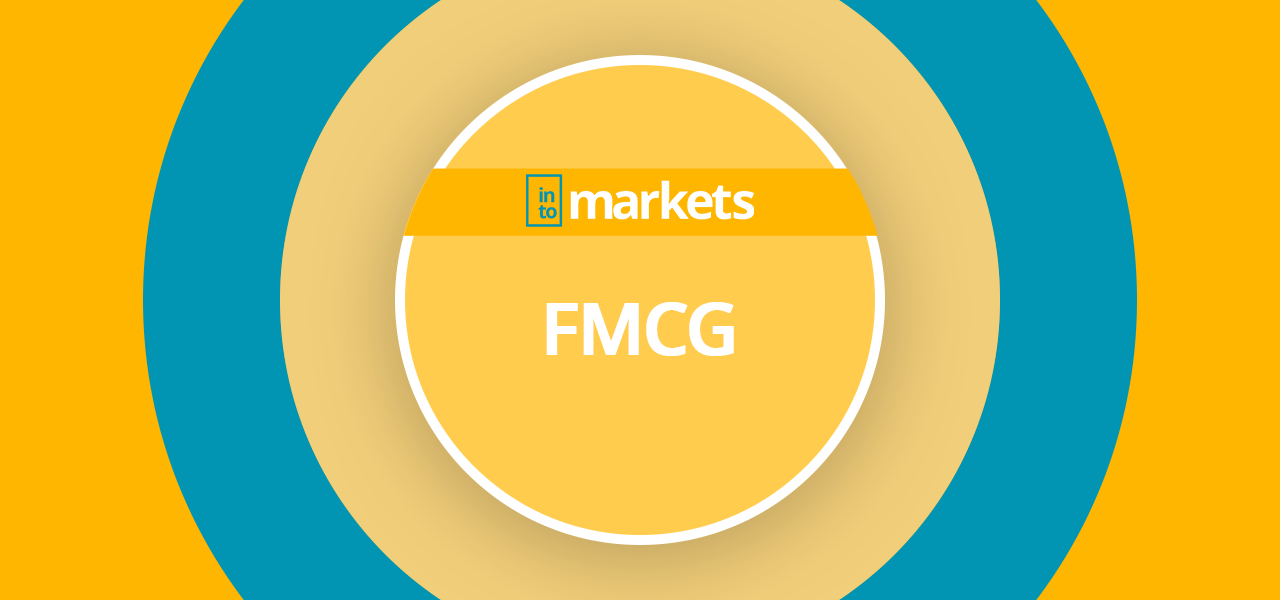What are Fast Moving Consumer Goods (FMCG)?
Fast Moving Consumer Goods” (FMCG), also known as “Fast Moving Goods” (FMG), are generally low-priced products of daily use that are purchased by consumers without a long analysis process due to their low price and frequent use. The term “Fast Moving” is linked with the idea of a physical product with a high turnover rate. These types of products are, therefore, also referred to as “fast-moving items” in the retail trade. Such fast-moving products can often be found in markets with a very high competitive level both in retail (offline) and in the e-commerce market.
Examples for FMCG
Typically, Fast Moving Consumer Goods are articles that due to their daily wear out quickly: Food, toiletries, grooming products (shampoo, detergent, handkerchiefs, etc.), soaps and pet products (such as cat food ) are typical examples of FMCG articles. Also, seasonally limited items such as barbecue charcoal, plant fertilizer, or sun cream belong to this category. In the case of more expensive products, the classic “customer journey” is much longer, so that one cannot refer to it as “fast-moving.” However, substantial discounts can lead to high-priced products also becoming FMCG. Moreover, these price discounts often lead to the probability of a considerably higher sale. An excellent example of FMCG, in this case, is Amazon Prime Day or Cyber week, since both events grant very generous discounts, turning expensive items into fast-moving consumer goods.
FMCG in Germany
Let’s take a look at the German market, for example, the Fast Moving Consumer Goods market (source: Statista) shows a turnover of 123 billion euros per year with FMCG in food trading, 40 percent of which is accounted for by supermarkets and discounters. Tobacco products, food, and beverages are also among the FMCGs, and German consumers spend around 200 billion euros per year on them, which again accounts for 14 percent of all total private spending. While the FMCG food sector is mostly handled offline, the cosmetics and body care sector is gaining significance and sales opportunities online. Every year, Germany invests almost 14 billion euros in these fast-moving consumer goods, and the share of sales is shifting more and more towards online channels. Another interesting statistic about FMCG in Germany are the annual purchases: 210 German households make purchases on average per year in the FMCG segment. In terms of retail sales, Nestlé is the world’s leading brand in this segment, with over 93 billion US dollars per year.
FMCG on Amazon
The Amazon marketplace started out selling books, and now the online market offers almost all the physical products one can buy at any retail store, including fast-moving consumer goods. These can be purchased at Amazon in three different areas: Amazon Core (the “normal” marketplace where most items are offered), Amazon Pantry (the “shopping box” that can be filled with everyday products) and Amazon Fresh (which is equivalent to a vast online supermarket, but is currently only offered regionally in larger cities). Especially Amazon Fresh and Amazon Pantry are predestined to become FMCG since exactly these fast-moving products are provided here.






